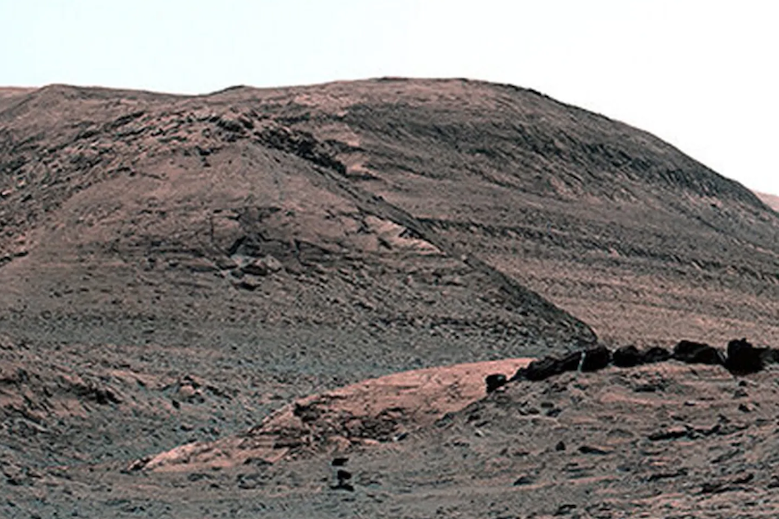CAIRO – 27 June 2022: While traveling on the surface of Mars, the Curiosity rover discovered evidence of the past existence of lakes on the "Red Planet".
The NASA rover detected on Mount Sharp, which is about 5 km high, clay minerals formed from lakes and streams that were flowing through the central Gale Crater summit of Mars, but those streams dried up turning into sand dunes and sediments. According to NASA, the region has shifted from being rich in mud to one full of salty mineral sulfate, which could indicate a major shift in the Martian climate occurred billions of years ago.

Moreover, according to the Gizmodo website, which specializes in scientific and technical news, the ascent of the Curiosity rover to higher altitudes on Mount Sharp was accompanied by the discovery of more sulfates. The rover will soon begin digging the last rock sample collected in the transitional zone in the hope of learning more about the change in the mineral composition of the rocks in that region.
“We no longer see the lake sediments that we saw years ago low on Mount Sharp. Instead, we see plenty of evidence of drier climates, such as dry sand dunes that were sometimes swirled by streams. This is a big change that happened to lakes that lasted millions of years before," Ashwin Vasavada, Curiosity Project Leader at NASA's Jet Propulsion Laboratory, explained in a press release.
"The area that Curiosity is currently exploring also includes hills that may have formed in dry conditions, and feature large, windswept sand dunes that are likely to solidify into rock over time," resumed Vasavada in his statement.
The Curiosity rover, according to NASA, also found evidence of sediments that were carried by water currents through sand dunes. These deposits now appear as stacked layers of scaly-looking rocks.
Despite the dry environment of Mars today, scientists believe that it may have been habitable one day, as it included bodies of water, but after the red planet lost its atmosphere, its waters dried up.
Comments
Leave a Comment